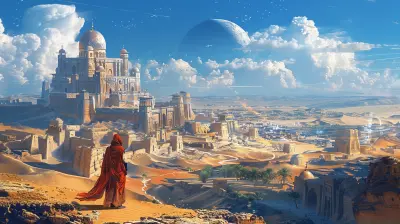Rediscovering the Ancient Markets and Bazaars of History
15 August 2025
Ever wondered what it felt like to walk through the vibrant hustle of ancient marketplaces, where spices danced in the air, merchants haggled over silk and gold, and languages from distant lands collided in a beautiful cacophony? You're not alone.
Let’s hop into a time machine—not literally, of course—and rediscover the magic, mystery, and chaos of the world’s ancient markets and bazaars. These places weren’t just hubs for trade. They were the lifeblood of civilizations, crossroads of culture, and the beating hearts of cities long gone.
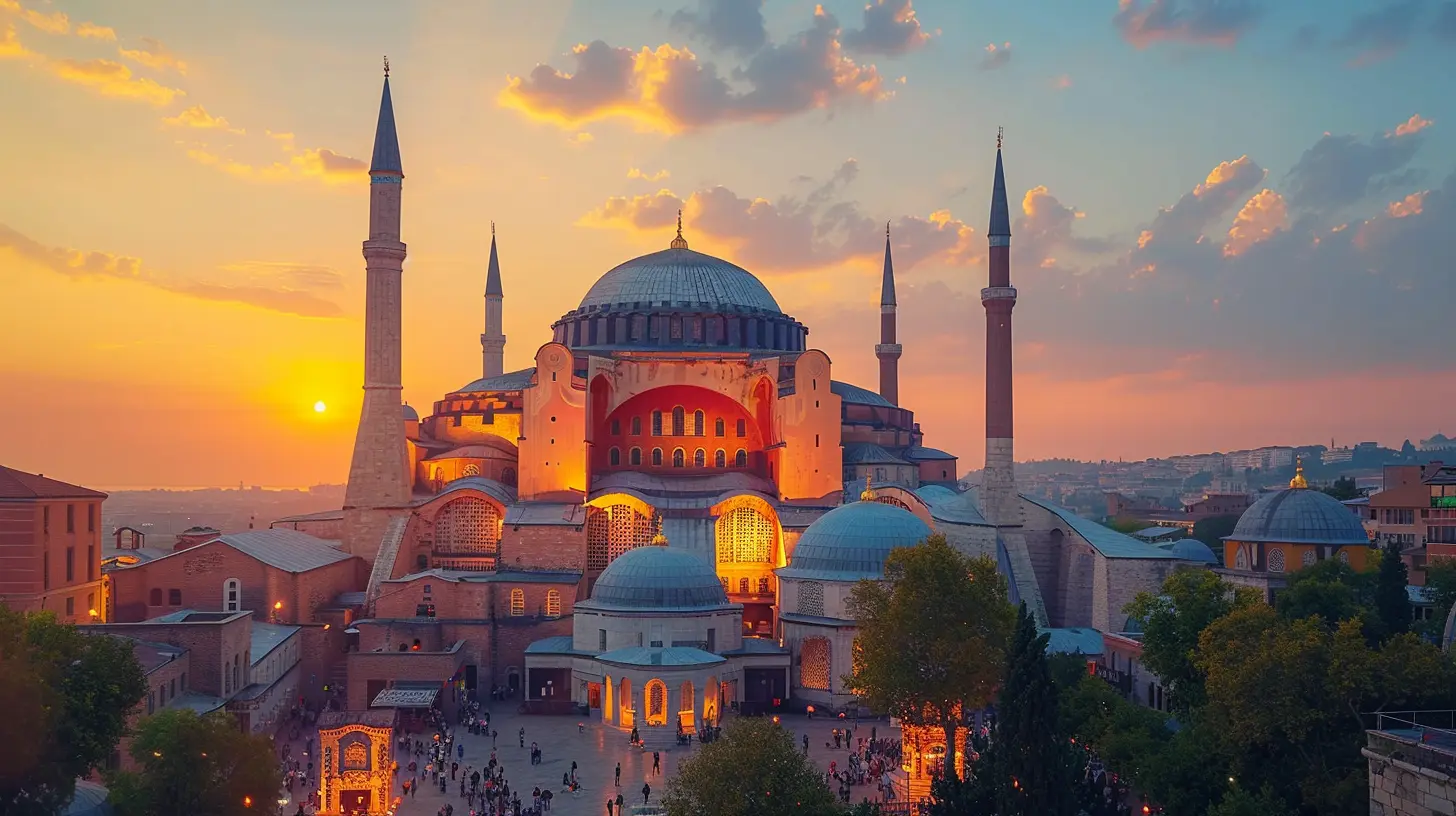
Why Ancient Markets Still Matter
It's easy to think of ancient markets as just old-timey shopping centers. But they were so much more than that. Think of them as the internet of the ancient world. Yep, the original social networks! People didn’t just trade goods—they exchanged stories, traditions, technologies, and even diseases (hello, Silk Road).These marketplaces were cultural melting pots. They connected empires, fueled economies, and even shaped political landscapes. So, next time you swipe your credit card or scroll through online shopping sites, remember—it all started in dusty bazaars beneath desert suns or tucked under the arches of Roman halls.
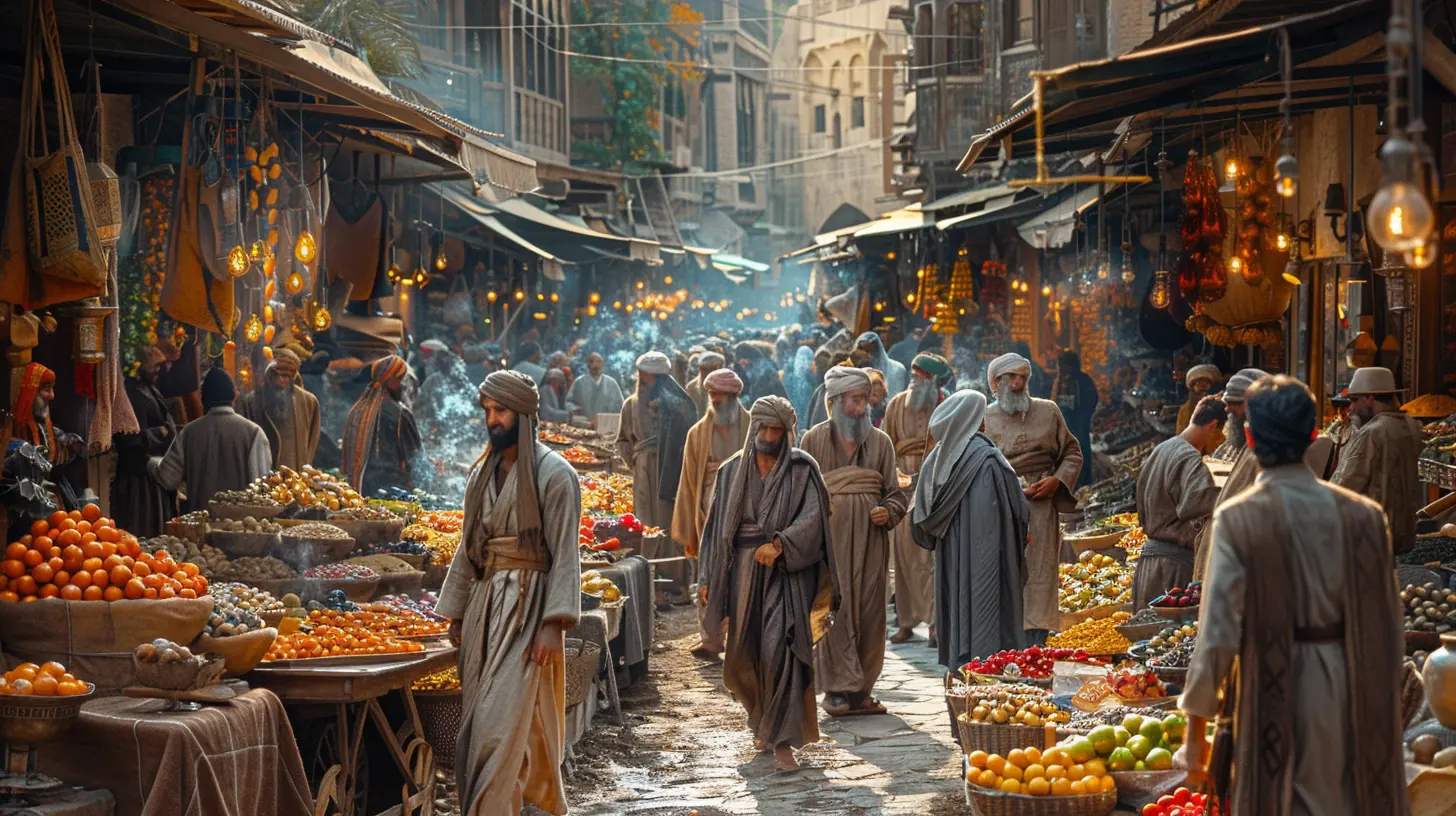
The Grand Bazaar of Istanbul – Where East Meets West
Let’s start with one of the most iconic bazaars still standing tall: the Grand Bazaar (Kapalıçarşı) in Istanbul, Turkey.With roots stretching back to the 15th century, this maze-like market is one of the oldest and largest covered markets in the world. Walking into it feels like diving straight into a scene from "Aladdin." Over 4,000 shops line its maze of lanes, selling everything from intricately woven carpets to glittering lanterns.
But here's the kicker—this place isn’t just a market. It’s a living, breathing historical entity. Every brick whispers Ottoman secrets. Every stall has seen empires rise and crumble. And every vendor probably has a story more colorful than the items they sell.
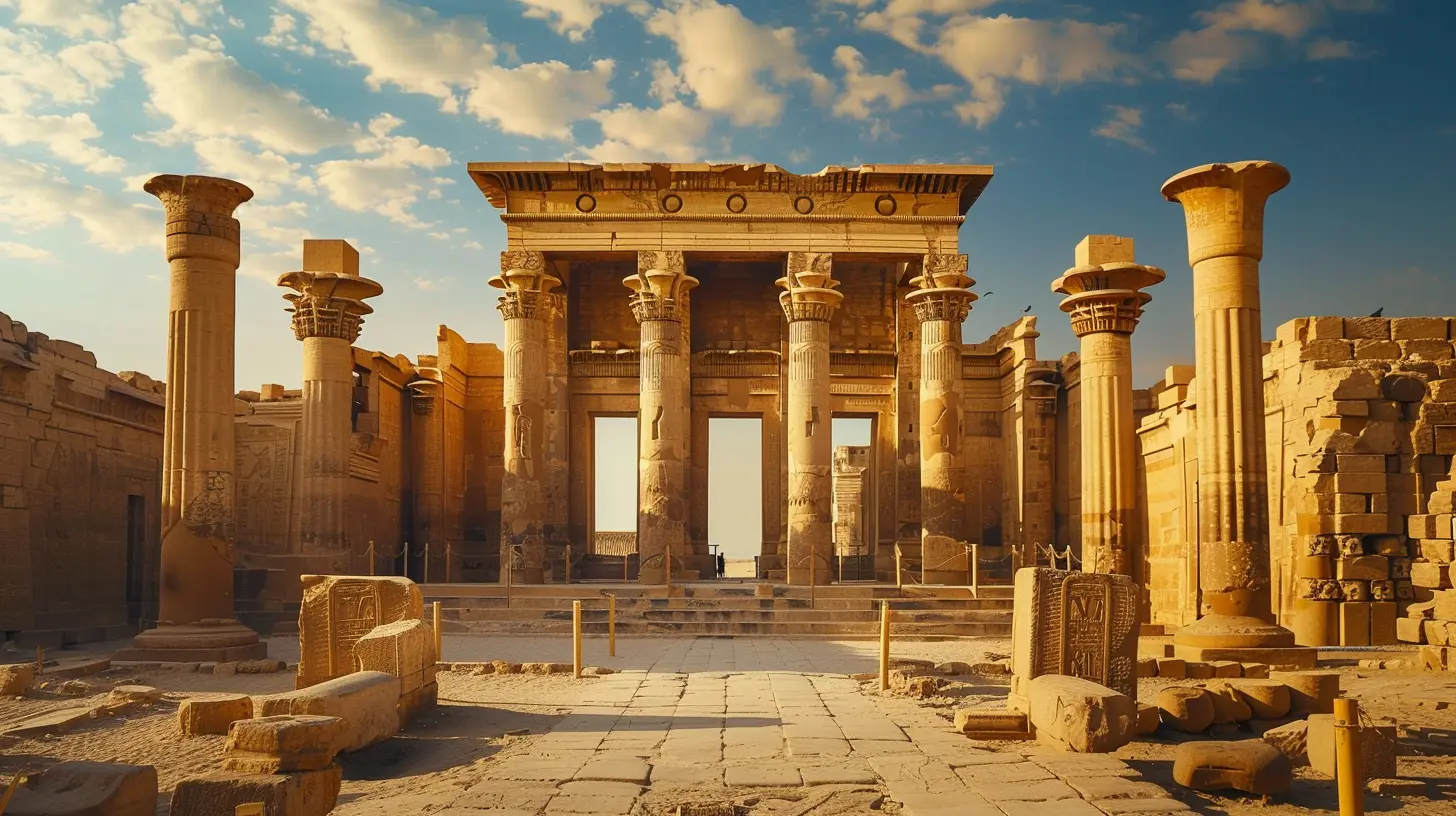
Ancient Egypt’s Markets – Trade Along the Nile
Jump back even further, and you’ll find that ancient Egyptians were big into bazaar culture too.Markets in places like Thebes and Memphis thrived with the trade of linen, papyrus, perfumes, and beer (yup, the Egyptians were early brewers). Open-air stalls lined the dusty streets, shouting merchants lured in customers, and roaming traders came bearing goods from as far as Nubia and Mesopotamia.
What makes Egyptian marketplaces so fascinating is how integrated they were into religion and governance. Temples managed vast amounts of land and commodities, essentially acting like Walmart meets Wall Street in linen tunics.
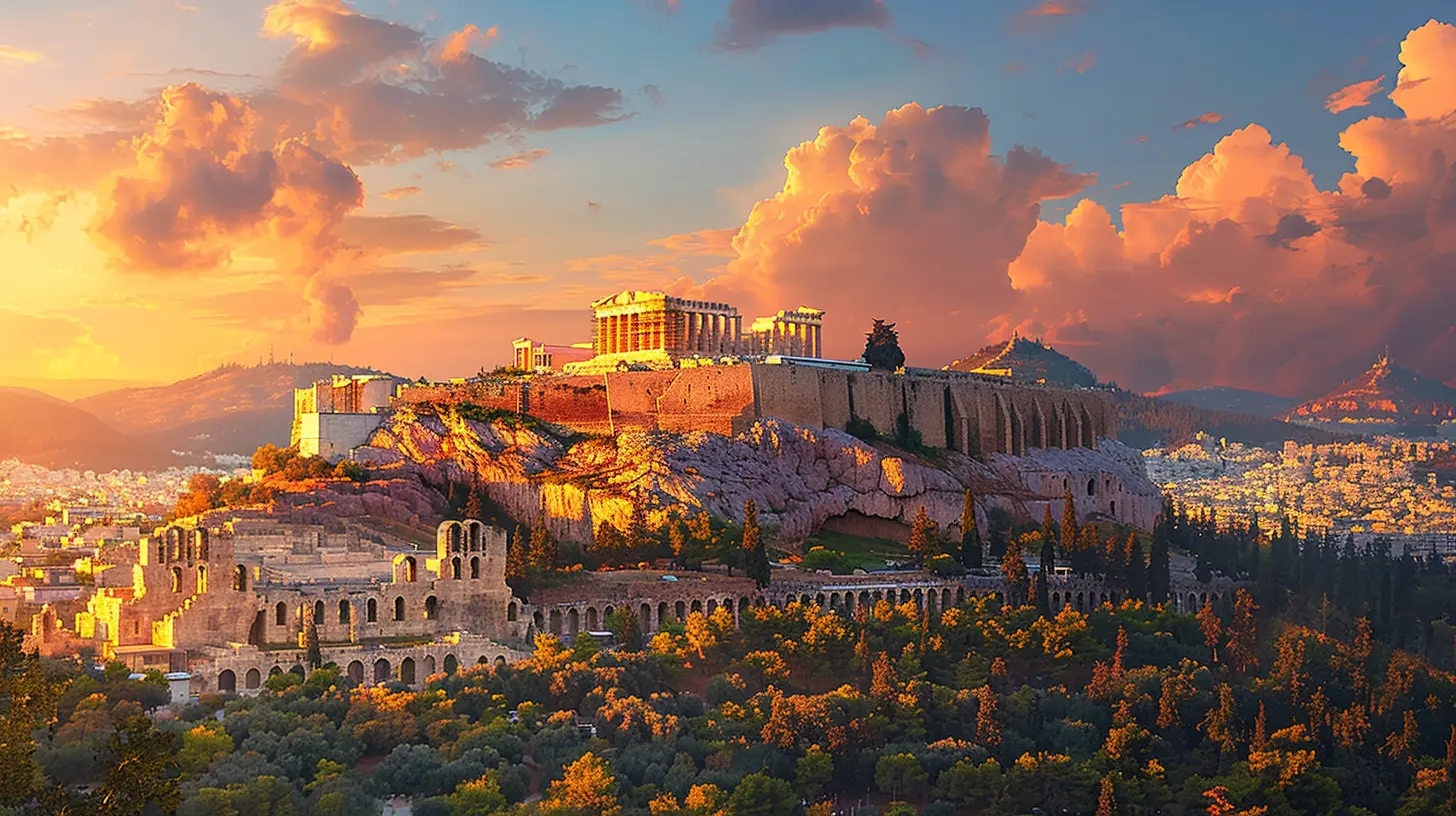
The Greek Agora – Marketplace and Meeting Place
Think the Greeks were just into philosophy and olives? Think again.The Agora was the center of public life in ancient Greece—not just a place to buy figs and sandals, but the hub of politics, gossip, and debate. Socrates probably wandered around questioning everything from the price of olive oil to the meaning of life here.
A typical day at the Agora could involve a bit of shopping, a lively political debate, bumping into a philosopher, and maybe even catching a play. Pretty wild, right?
In essence, Greek markets laid the blueprint for what would later become public squares across Europe—places where civic life and commerce danced together.
Roman Forums – Business, Politics, and a Dash of Drama
The Roman Forum wasn’t your average shopping mall. Nope, it was an all-in-one package: market, courtroom, temple, and soapbox.Imagine walking down stone pathways while senators in togas debated laws, merchants hawked exotic goods from Gaul or Egypt, and poets performed for coins. The Forum was where Rome lived out loud. Vendors sold everything from garum (a fermented fish sauce that Romans weirdly loved) to fine silks.
And the most incredible part? Many of these forums were structurally advanced, with dedicated areas for specific goods—an ancient version of “departments” in modern malls.
The Silk Road Bazaars – Threads That Wove the World Together
If we’re talking ancient markets, we can’t skip the legendary Silk Road. It wasn’t just one market—it was thousands, stretching from China to the Mediterranean.Think of it like a gigantic, ancient Amazon fulfillment center, only instead of drones, they had camels.
Bazaars in cities like Samarkand, Kashgar, and Bukhara were jewels of the Silk Road. These places didn’t just sell goods—they sold dreams: precious gems, spices, philosophical ideas, religions, even music took routes through these veins of civilization.
What’s mind-blowing is how these markets shaped global history. Without them, Marco Polo might’ve just been a pool game.
Medina of Fez – A Moroccan Labyrinth of Commerce
Stepping into the Medina of Fez in Morocco is like falling into a different dimension. This UNESCO World Heritage site houses one of the world’s oldest markets—buzzing with craftsmen, leather tanners, and spice merchants.What makes this bazaar special? It still closely resembles its ancient layout. Narrow alleys, hidden doorways, and crisscrossing paths create an intricate map only locals know by heart.
Here, markets were specialized by trades: one quarter for metal workers, another for weavers, and yet another for potters. It’s like walking through a living museum that didn’t get the memo to modernize—and that’s the charm.
The Floating Markets of Southeast Asia
Markets aren’t always on land.In places like Thailand, Vietnam, and Indonesia, floating markets have been around for centuries. Sellers paddle down rivers in wooden boats piled high with tropical fruits, flowers, and street food. These waterborne bazaars were crucial in regions crisscrossed by waterways instead of roads.
Ancient versions of these markets helped villages survive through trade, building communities driven by mutual need and resources. And hey, they make for some incredibly Instagrammable moments!
Aztec Marketplaces – The Pre-Columbian Superstores
Think massive markets were just an Old World thing? Nope.The Aztecs had one of the biggest pre-Columbian markets in Tlatelolco, right next to present-day Mexico City. According to historical accounts, up to 60,000 people filled the square on busy days—buying cocoa beans, textiles, obsidian tools, and even live animals.
What’s wild is how organized the market was. Inspectors ensured weights and quality, and vendors were grouped by specialties. It was like Target, the farmer’s market, and a flea market all rolled into one.
What Can We Learn From Ancient Bazaars Today?
Honestly? A lot.In a world rushing toward digital everything, there’s an odd comfort in remembering we’ve always been creatures who crave connection. Ancient markets weren’t just about buying and selling—they were about storytelling, relationships, and the art of persuasion.
Sure, we can one-click order a box of dates today, but it doesn’t beat haggling with a laughing merchant over a handful of fresh ones under the sun.
Maybe that’s why modern markets—farmers markets, flea markets, craft bazaars—still draw us in. They're not relics. They’re echoes of something deeply human.
Keeping the Spirit Alive
The truth is, while many ancient markets have vanished, their spirits linger. And in some places, they’re alive and kicking. Whether it’s the souks of Marrakech, the night markets in Taiwan, or the centuries-old spice bazaar in Istanbul, the legacy of ancient commerce still pulses in our world.So, next time you're on a trip, don't just tick off the big monuments. Find a local market. Lose yourself in the maze. Smell the spices, hear the chatter, feel the heartbeat of a place that might just be thousands of years old in soul.
Because when we walk through a market, we're not just shopping—we’re time traveling.
all images in this post were generated using AI tools
Category:
Historical SitesAuthor:

Kelly Hall
Discussion
rate this article
1 comments
Alisha Vasquez
Exploring ancient markets and bazaars offers a unique window into the past, showcasing rich cultural traditions and vibrant history. These bustling hubs not only provide insight into ancient trade practices but also celebrate the diverse heritage of the regions they inhabit, making them essential destinations for any history enthusiast.
August 22, 2025 at 4:26 AM

Kelly Hall
Thank you for your thoughtful comment! I completely agree—ancient markets and bazaars are vital to understanding our cultural heritage and trade history. They truly are treasures worth rediscovering.


